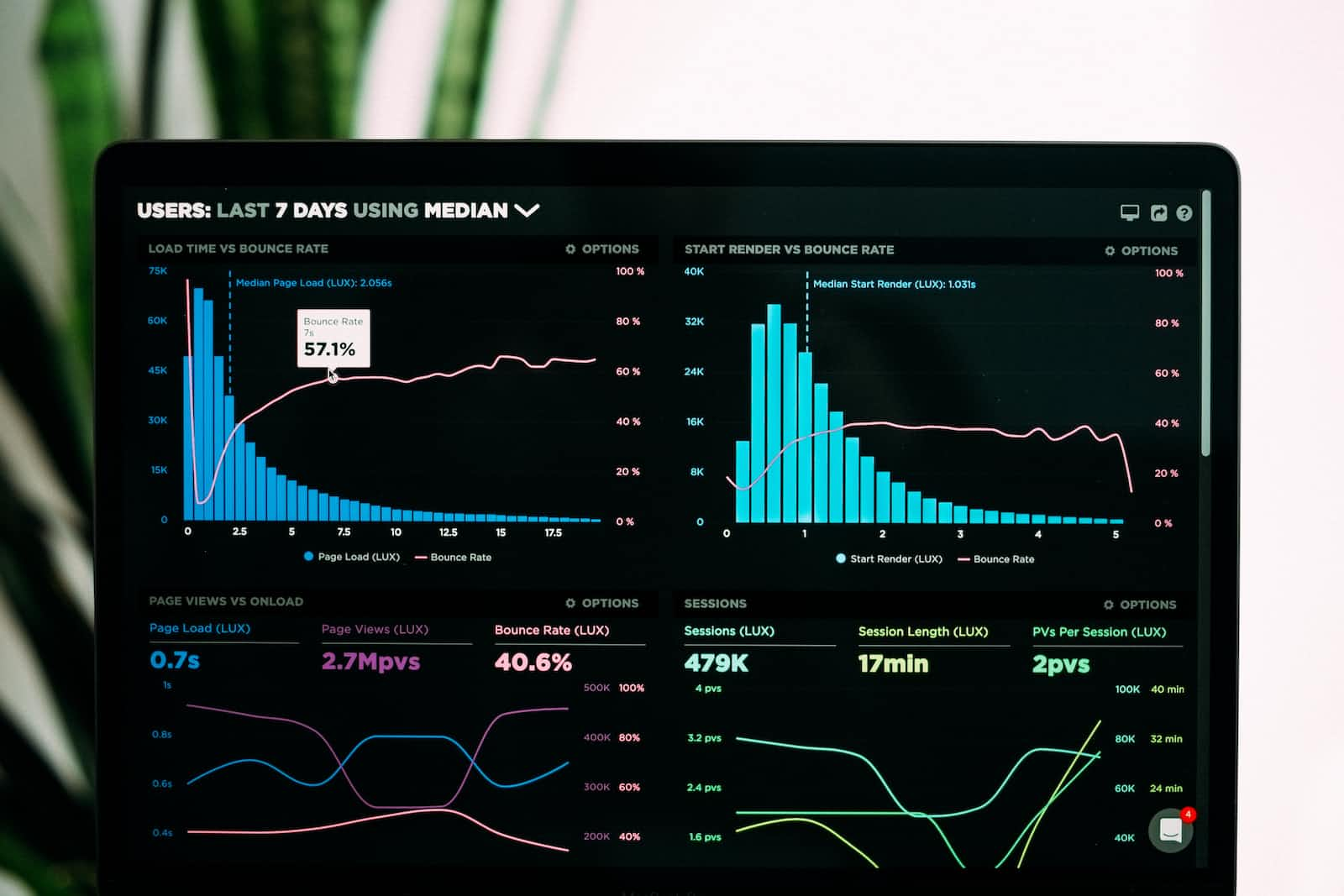Why Metrics and Alarms are important for your Service/Application?
 Aparna Vikraman
Aparna Vikraman
Metrics and alarms are crucial tools for monitoring and maintaining the performance and reliability of a software application. By tracking key performance indicators (KPIs) and setting up alerts for when certain thresholds are crossed, organizations can proactively identify and resolve issues before they have a significant impact on users or the business.
Metrics
Metrics are quantitative measurements of an aspect of the application, such as response time/latency, error rates, or memory usage. These metrics can be used to understand the overall health of the system and identify trends and patterns that may indicate a problem. For example, if the response time/latency for a particular service API is steadily increasing over time, it may indicate a scalability issue that needs to be addressed.
Alarms
Alarms, on the other hand, are notifications that are triggered when a particular metric exceeds a predetermined threshold. These alarms can be configured to send notifications to individuals or teams responsible for managing the application, allowing them to take action to resolve the issue before it becomes a major problem.
Common Metrics and Alarms used in software application/service
There are many different metrics and alarms that can be used to monitor a software application or service. The specific ones that are most important will depend on the unique needs and characteristics of the system.
Some common metrics to track are:
Response time/Latency: The amount of time it takes for the application to respond to a request
Error rate: The percentage of requests that result in an error
Memory usage: The amount of memory being used by the application
CPU usage: The percentage of the CPU being used by the application
Disk space: The amount of available disk space on the server
Some common types of alarms that can be set up are:
Threshold alarms: These alarms are triggered when a metric exceeds a predetermined threshold. For example, an alarm could be set to trigger if the error rate exceeds 5% for more than a minute.
Trend-based alarms: These alarms are triggered when a metric exhibits a certain trend over a period of time. For example, an alarm could be set to trigger if the response time increases by more than 50% over the past hour.
Static alarms: These alarms are triggered when a metric remains at a certain level for a certain period of time. For example, an alarm could be set to trigger if the CPU usage remains at 100% for more than a minute.
Other than the common metrics, Business specific metrics can be use to track the business usage or business performance and really important in understanding the customers of the application/service. For example, Number of consumer purchase a specific pricing plan.
Effective monitoring and alarm management is essential for ensuring the reliability and performance of a software application. By tracking key metrics and setting up alarms to alert teams to potential issues, organizations can proactively identify and resolve problems before they have a significant impact on users or the business.
Subscribe to my newsletter
Read articles from Aparna Vikraman directly inside your inbox. Subscribe to the newsletter, and don't miss out.
Written by
